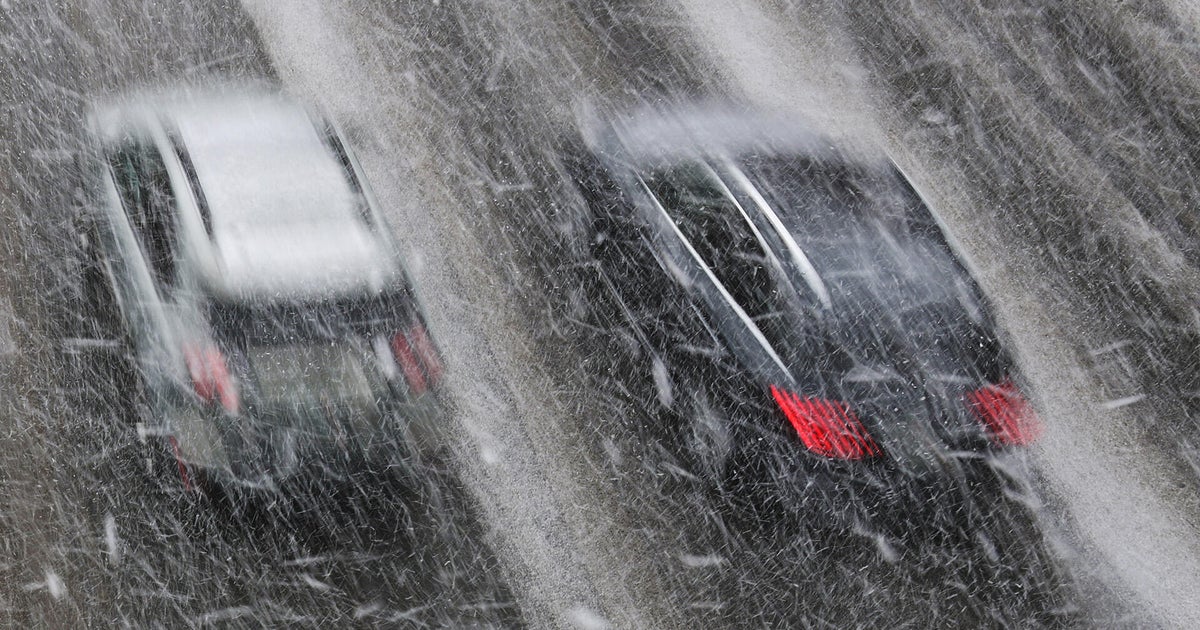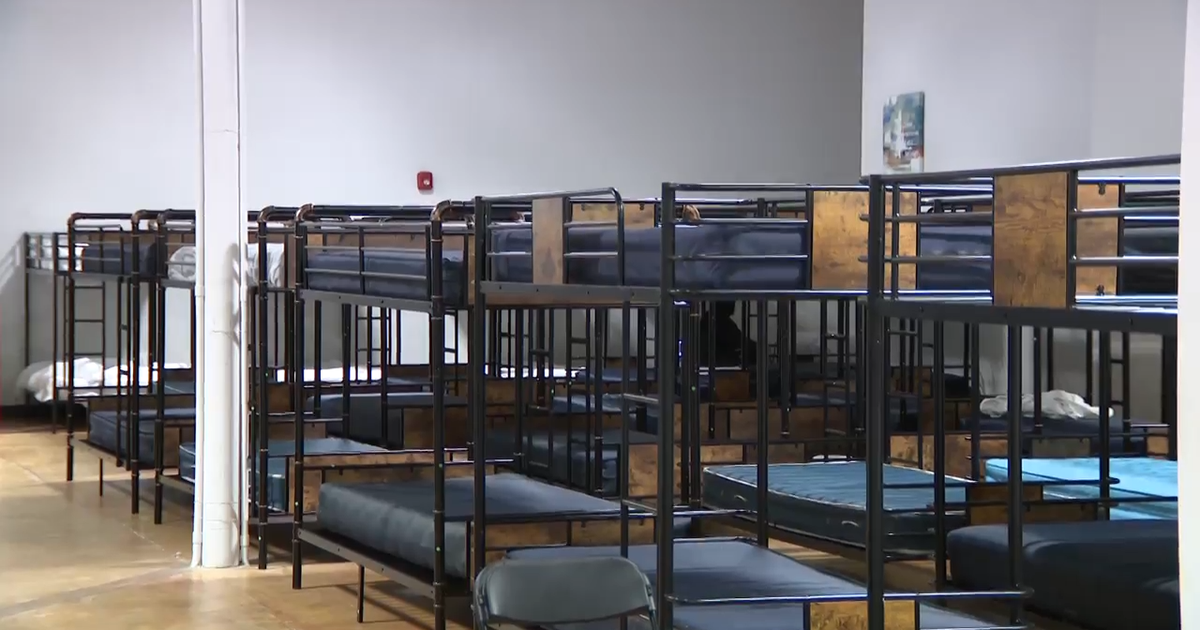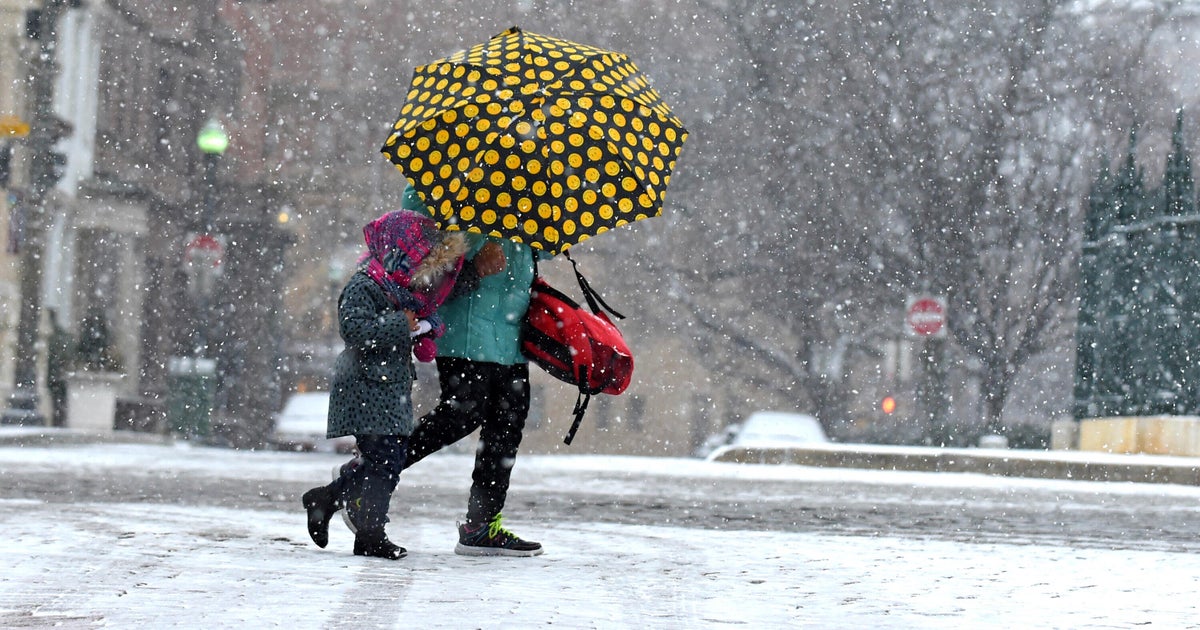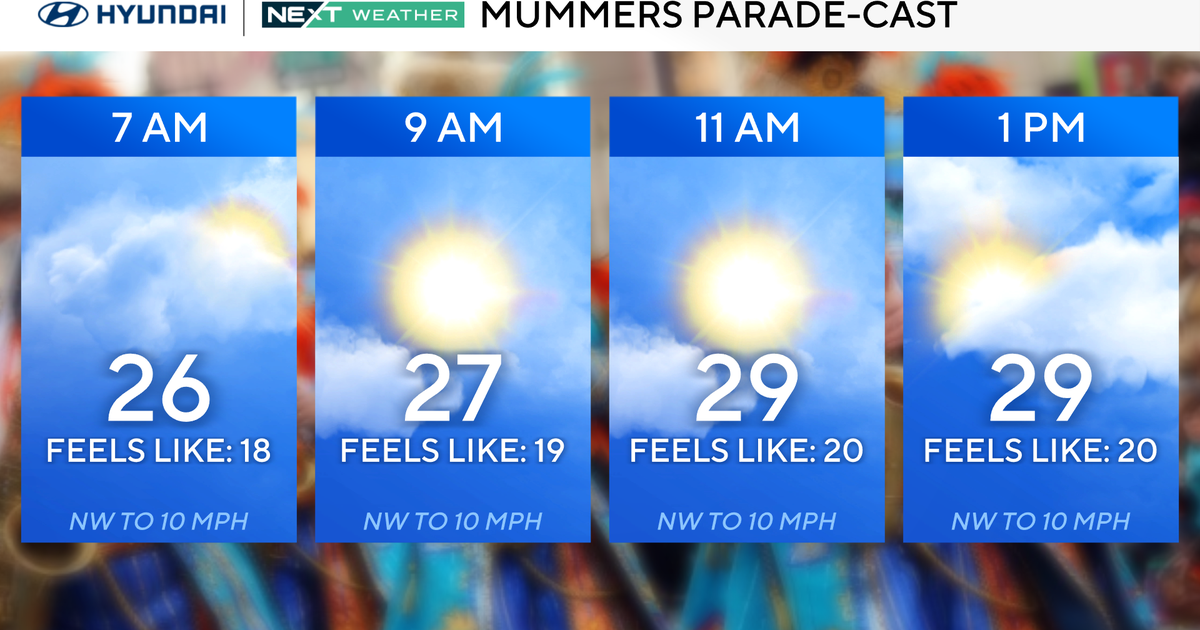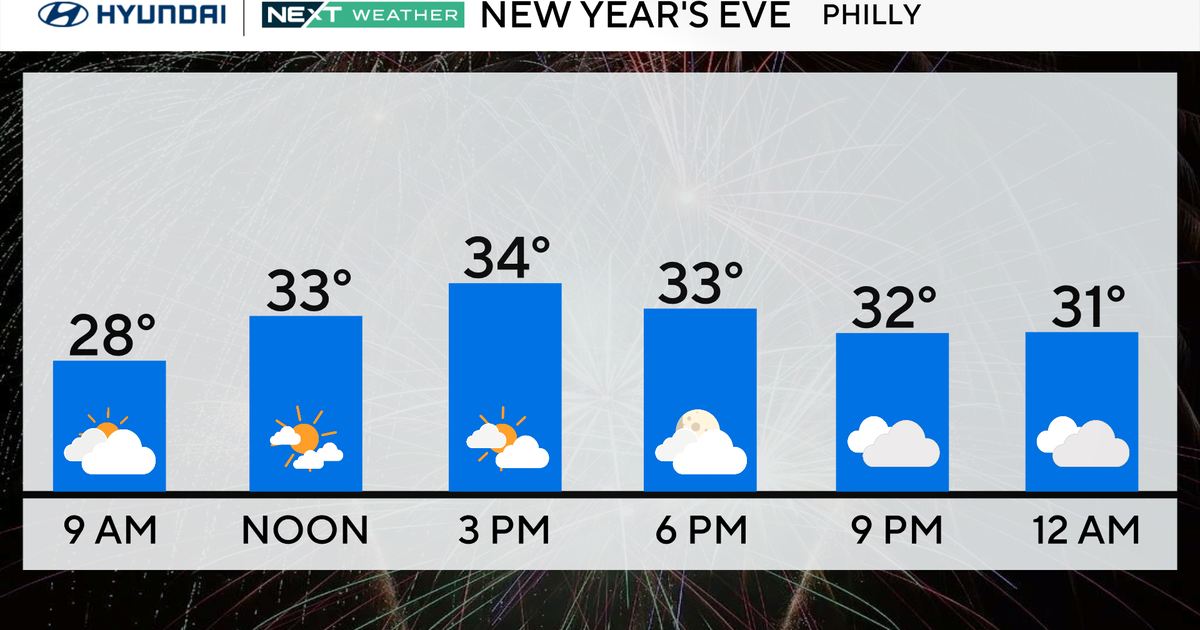What is the ideal indoor temperature?
MINNEAPOLIS – It's the kind of weather we can all agree on.
Debbi and Jim Epperson are locals. She sat along the river in St. Paul with her father.
"I think this is perfect." Dr. Jim Epperson said. "It's so beautiful."
Greg Mehochko is from out of town, visiting for an insurance conference.
"I had no preconceived notions about Minnesota weather, just hoping it would be better than southern Illinois, and so far it did not disappoint."
Days like this are fabulous, and fleeting. Some fear the cold, while others embrace it. Like it or not, we are all going to be spending more time indoors, and that's where comfort becomes relative.
Dr. Andrew Stiehm is a pulmonologist with Allina Health.
"The colder it is, the less humidity there can be, so the less water there is in the air, which means as you breathe, you start losing more water, and you start to dry out, so your throat gets drier, your lungs get drier," Stiehm said. "Even inside, and then there's no humidity from the outdoors entering the house either."
Stiehm says that could affect your health. The World Health Organization says for most generally healthy people, the thermostat should be 65 or warmer in winter. And for people with lung conditions, 70 or higher. So there are guidelines, but there's also reality.
"As in most happy marriages, my wife gets her way, and so we keep a pretty warm house at about 72-75," Stiehm said.
Greg says his wife decides, too.
"She determines everything, right? Happy wife, happy life," Mehochko said.
Dr. Stiehm says the cold affects breathing more severely outdoors. He recommends that when you can see your breath, avoid intense workouts. And he says scarves pulled over your mouth are a great defense for getting sick.


